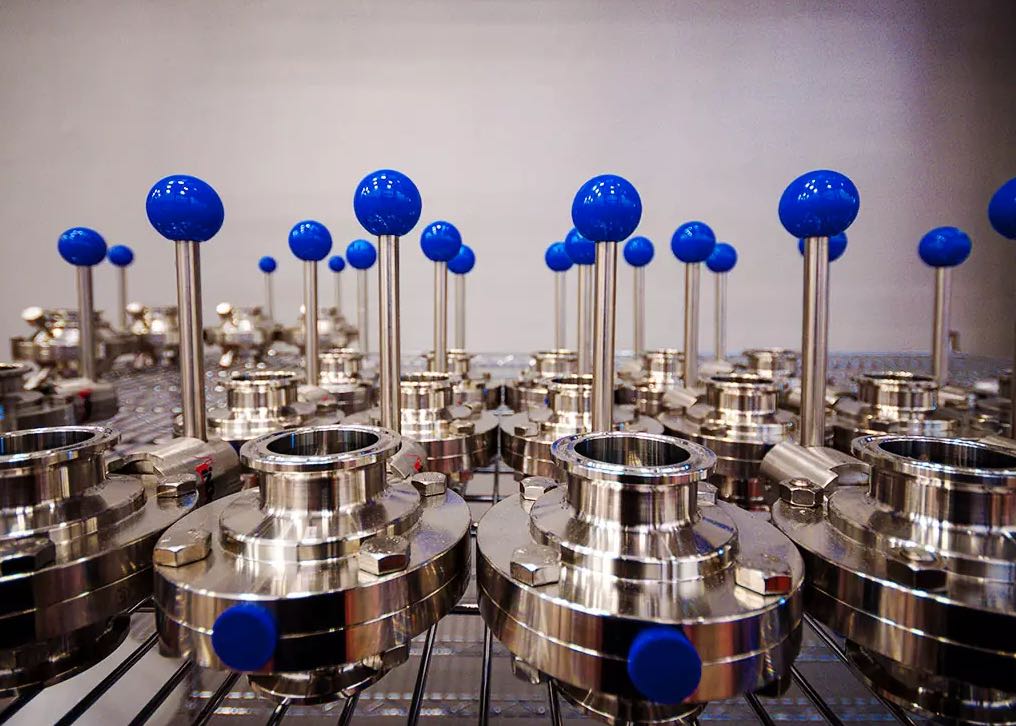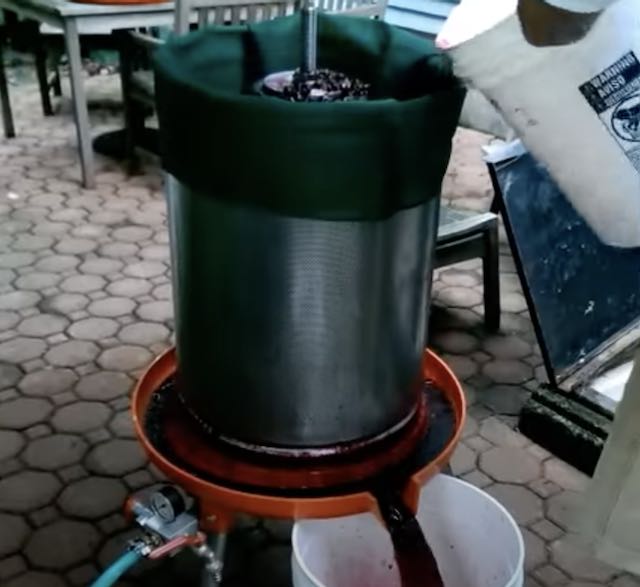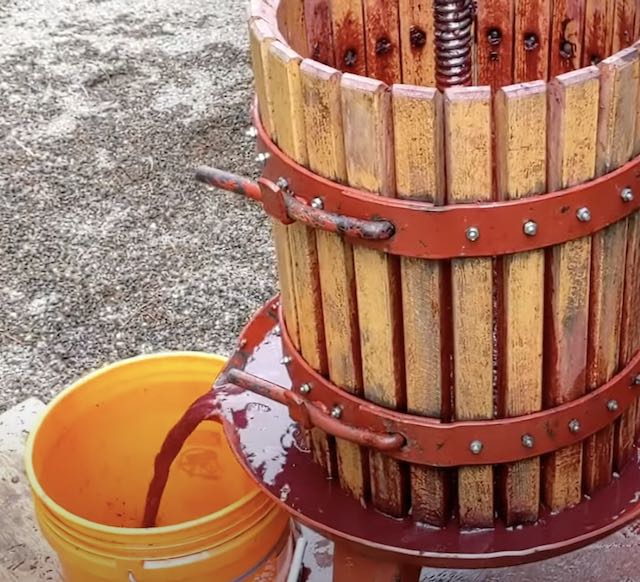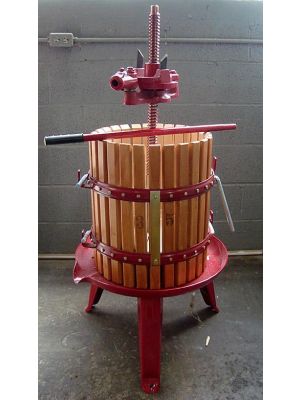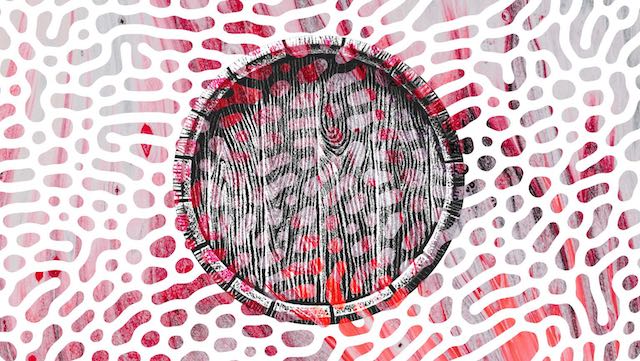How Does Wine Fermentation Work? (Padigan)
The sweet, nutrient-rich must is an ideal medium for growing diverse species of yeast during the fermentation process. Naturally present yeast may include the familiar Saccharomyces, found in bread and beer, as well as more exotic genera. As a result, the beginning of fermentation involves a lot of biodiversity, with many different types of yeast competing for resources.


